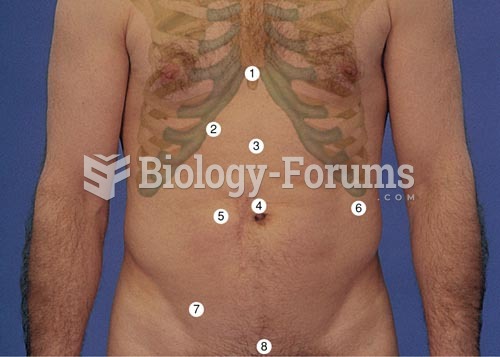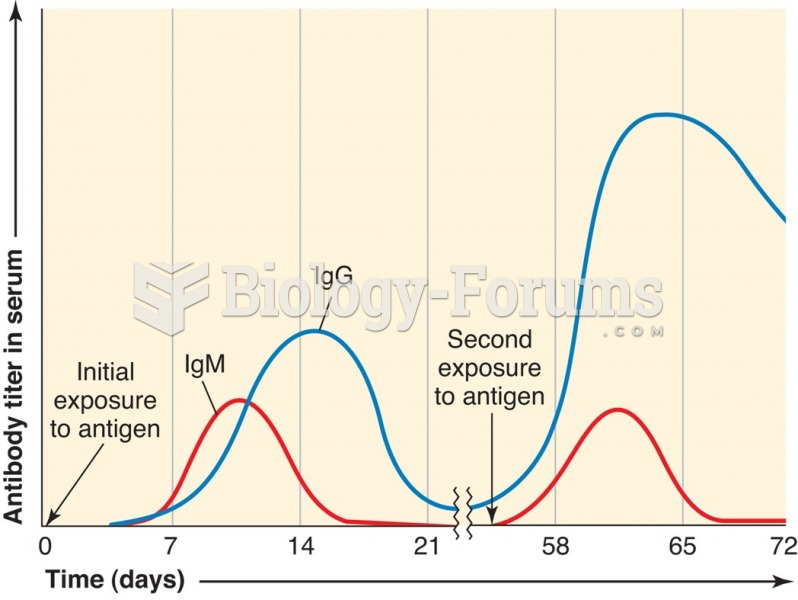Answer to Question 1
ANS: 1
A client is usually the best source of information. The client who is oriented and answers ques-tions appropriately can provide the most accurate information about health care needs, lifestyle patterns, present and past illnesses, perception of symptoms, and changes in activities of daily living. The physician may have knowledge of the client's medical problem, but the client is the primary source of information for completing an assessment. Family members can be interviewed as primary sources of information about infants or children or critically ill, mentally handicapped, disoriented, or unconscious clients. Usually, however, they are secondary sources of information and can confirm findings provided by the client. The client in this situation is capable of being the primary source of information. An experienced nurse on the unit may offer insight into a cli-ent's health care needs and care, but is not the primary source of information when completing a client assessment.
Answer to Question 2
ANS: 3
Utilizing Gordon's functional health patterns format, the nurse organizes information and makes an assessment identifying functional patterns (client strengths) and dysfunctional patterns (such as an activity and exercise abnormality). The review of systems is a systematic method for col-lecting data on all body systems. The nurse asks the client about the normal functioning of each body system and any noted changes. A nursing health history is broader and includes infor-mation about the client's current level of wellness, a review of body systems, family and health history, sociocultural history, spiritual health, and mental and emotional reactions to illness. A biographical information database provides factual demographic data about the client, such as age, address, occupation, marital status, etc.







